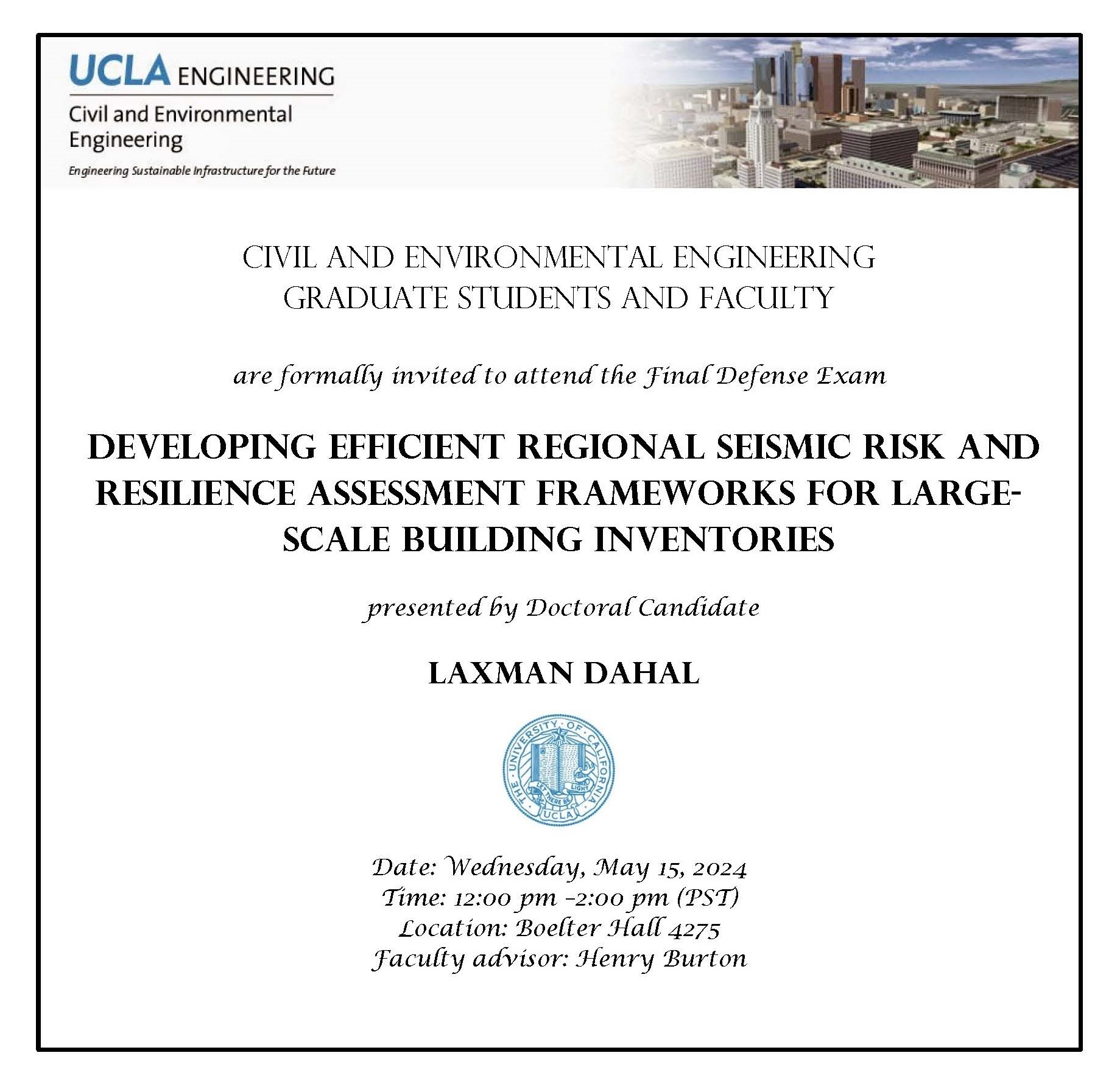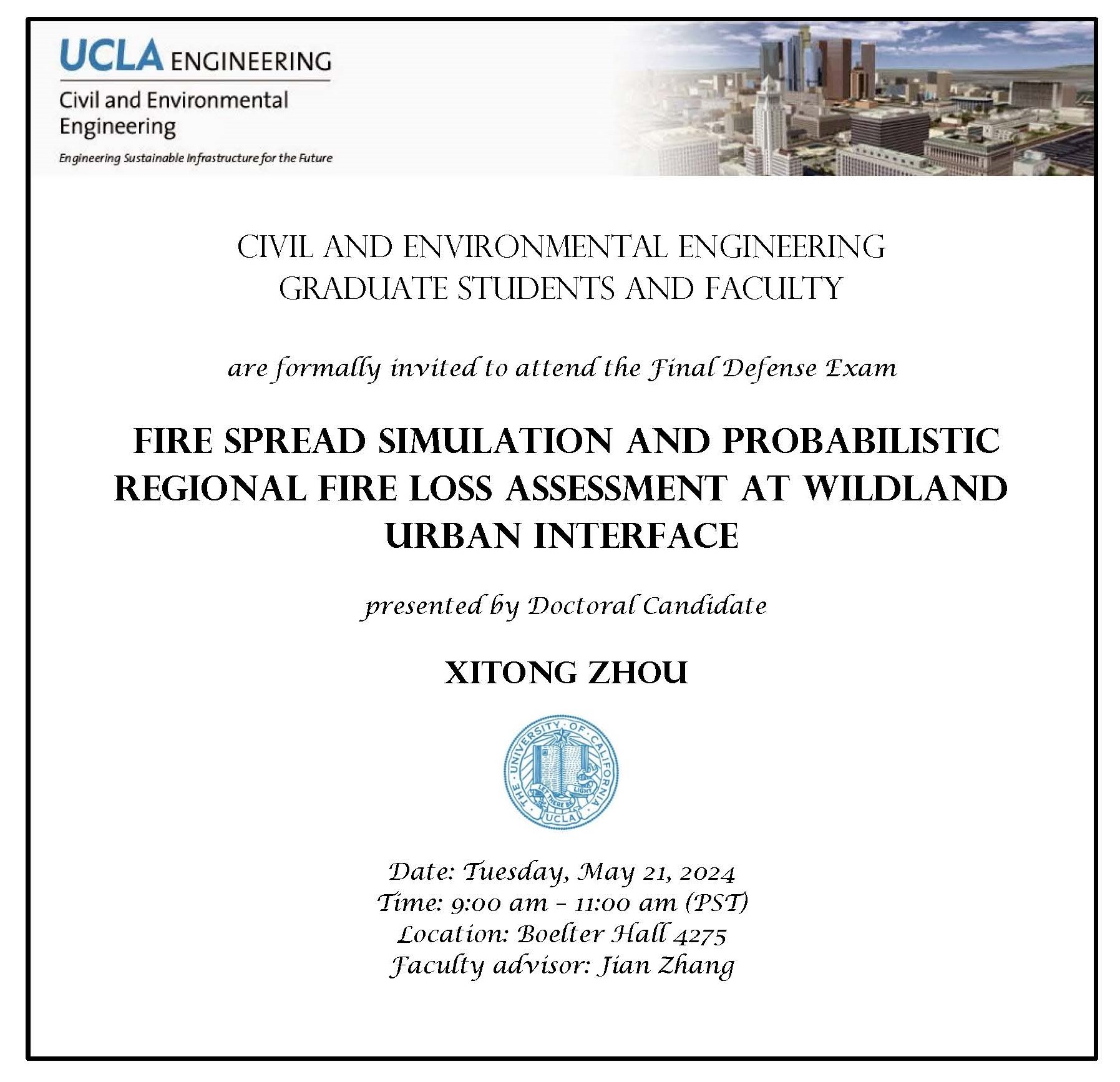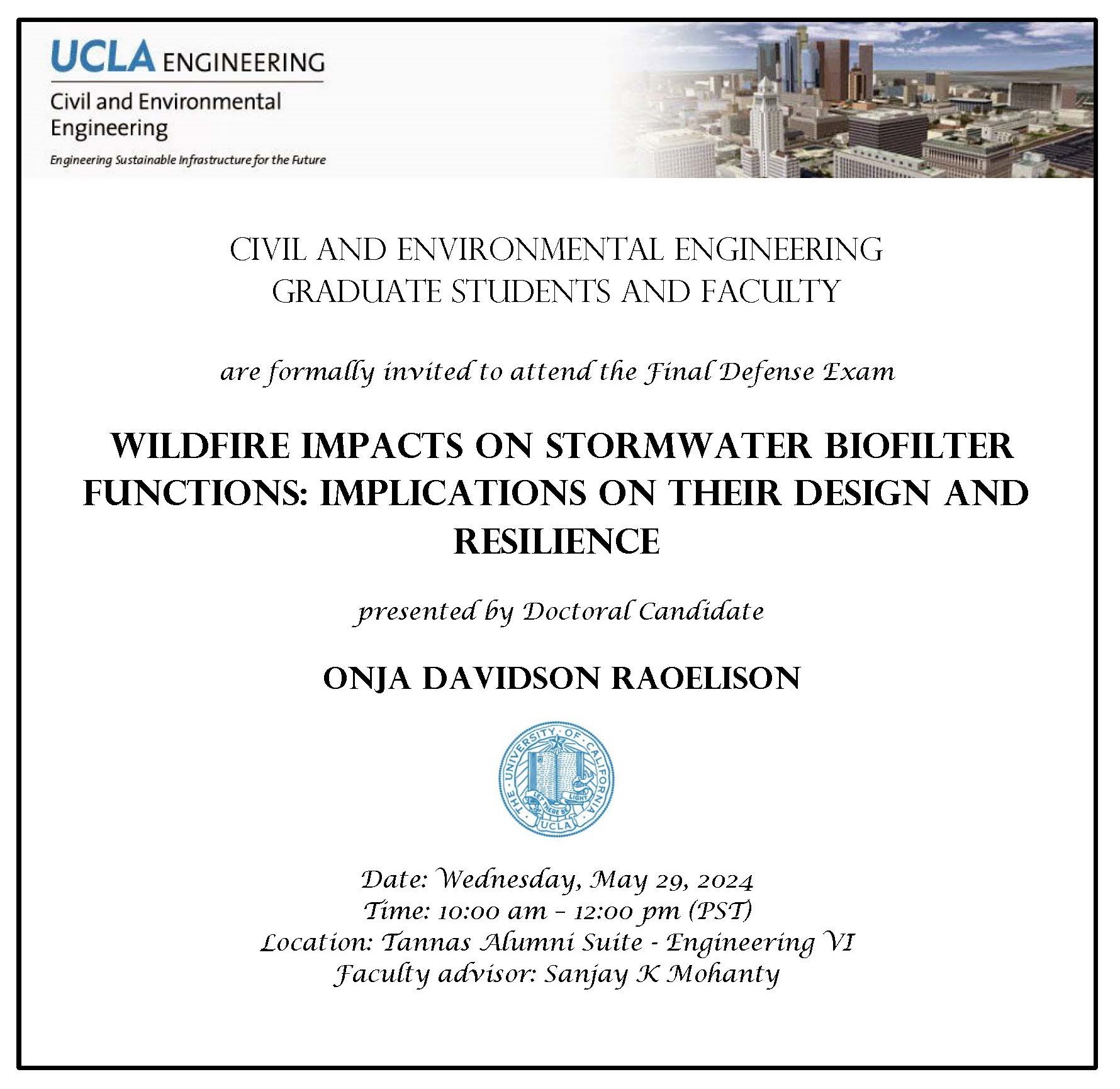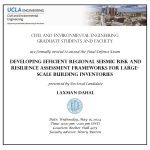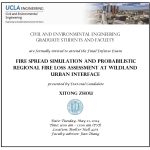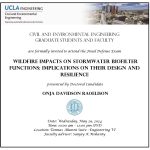Mohammad Javad Abdolhossein Qomi, Ph.D.
Assistant Professor, UC Irvine
Structures and Properties of Calcium-Silicate-Hydrates
Abstract
In American infrastructure report card, ASCE gives an unsatisfactory D+ grade to the U.S. infrastructure. This report reaffirms the long known dire condition of our degrading civil infrastructure that calls for immediate financial investment, basic research and public education. To date, the fundamental mechanisms behind the long-term performance of concrete and cementitious materials remain to be obscure. In this talk, we focus on calcium silicate hydrates (C-S-H), the major binding phase in concrete that is responsible for its strength and durability. We first present our recent efforts in developing consistent molecular models of C-S-H. In light of these new models, we explore chemophysical origins of C-S-H’s thermo-mechanical properties at the nano- and meso-scale. To this end, we first investigate whether nano-mechanical properties of C-S-H are driven by defects or density. Second, we examine the possibility of decreasing the thermal conductivity of C-S-H without reducing its mechanical properties. Finally, we discuss the role of intermolecular forces between C-S-H nano-layers in determining C-S-H’s mechanical properties and the prospect of creating chemistry-dependent meso-scale structures of C-S-H.
Bio
Mohammad Javad Abdohosseini Qomi, Ph.D. is an assistant professor in the department of civil and environmental engineering, at the University of California, Irvine. He has 10+ years’ worth of experience developing and employing atomistic simulation to study the mechano-physical properties of materials at the nanoscale. For the past 7 years, he has employed atomistic simulation techniques to study the impact of chemical composition on the mechanical and physical properties of cementitious materials at the nanoscale. This includes investigation of chemical composition such as calcium-to-silicon ratio on the structure, elasticity, and strength of calciumsilicates phases in hardened cement paste. His current research aims to discover the underlying physical chemistry processes controlling durability of cementitious materials in extreme conditions pertinent to the oil well cementing, nuclear waste disposal and carbon sequestration. His research on cementitious materials are featured in various journals including, Nature Communications, Physical Review Letters, Journal of Physical Chemistry, Chemical Physics, American Ceramics Society, to name a few. He is an active member of the Engineering Mechanics Institute and American Ceramics Society Cement Division.
Date/Time:
Date(s) - Nov 29, 2016
4:00 pm - 6:00 pm
Location:
MS 4000A
UCLA Los Angeles CA 90095

